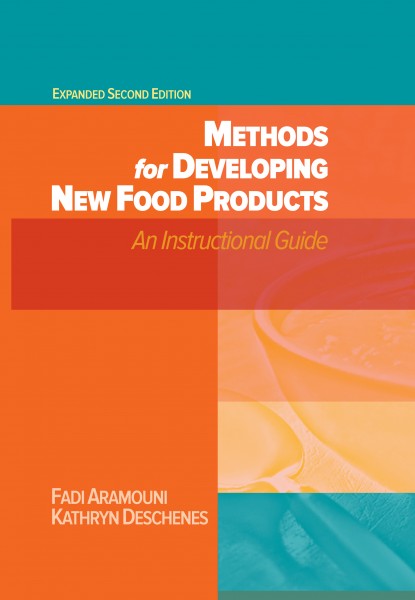Mintel announces 6 key global food, drink trends for 2017
The coming year will be a year of extremes, from “ancient” products such as grains, recipes, practices and traditions to the use of technology to create more and better tasting plant-enhanced foods.
Chicago-based Mintel announced the six key trends set to impact the global food and drink market in 2017. The coming year will be a year of extremes, from “ancient” products such as grains, recipes, practices and traditions to the use of technology to create more and better tasting plant-enhanced foods.
Expect to see a rise in both “slow” and “fast” claims, as well as more products designed to help people unwind before bedtime, sleep better and restore the body while they rest.
Looking ahead to 2017, here are the top food and drink trends set to make an impact on global markets.
In tradition we trust
Consumers seek comfort from modernized updates of age-old formulations, flavors and formats.
People are seeking the safety of products that are recognizable rather than revolutionary. The trust in the familiar emphasizes the opportunity for manufacturers to look to the past as a dependable source of inspiration, such as “ancient” product claims, including ancient grains, as well as ancient recipes, practices and traditions. Potential also exists for innovations that use the familiar as a base for something that’s new, but recognizable,
Power to the plants
The preference for natural, simple and flexible diets will drive further expansion of vegetarian, vegan and other plant-focused formulations.
In 2017, the food and drink industry will welcome more products that emphasize plants as key ingredients. More packaged products and recipes for home cooking will leverage fruits, vegetables, nuts, seeds, grains, botanicals and other plants as a way to align with consumers’ nearly omnipresent health and wellness priorities. Technology will play a part, ranging from the use of artificial intelligence to develop plant-based alternatives to the use of animal products in milk, mayonnaise, yogurt and cheese.
Waste not
The focus of sustainability zeros in on eliminating food waste.
More retailers, restaurants and philanthropic organizations are addressing the sheer amount of food and drink that is wasted around the world, which is changing consumer perceptions. In 2017, the stigma associated with imperfect produce will begin to fade, more products will make use of ingredients that would have otherwise gone to waste, such as fruit snacks made from “ugly” fruit and mayonnaise made from the liquid from packaged chickpeas, and food waste will be repurposed in new ways, such as power sources.
Time is of the essence
The time investments required for products and meals will become as influential as nutrition or ingredient claims.
Time is an increasingly precious resource, and today’s multitasking lifestyles are propelling a need for shortcut solutions that are still fresh, nutritious and customizable. Already, trends are showing the so-called “biohacking” of food and drink that offers complete nutrition in convenient formats. In 2017, the time spent on – or saved by – a food or drink product will become a clear selling point, inspiring more products to directly communicate how long they will take to receive, prepare or consume.
The night shift
Evening is tapped as a new occasion for functional food and drink formulations.
The increasingly hectic pace of modern life is creating a market for food and drink that helps people of all ages calm down before bedtime, sleep better and restore the body while in rest. There is potential for more evening-focused innovations formulated for relaxation and satiety, and taking a cue from the beauty industry, food and drink that provide functional benefits while the consumer sleeps.
Balancing the scales—health for everyone
Healthy food and drink are not “luxuries.”
Inequality is not just a political or philanthropic issue — it also will resonate more with the food and drink industry. Many lower-income consumers want to improve their diets, but the access to — and the cost of — healthy food and drink is often an impediment. More campaigns and innovations are to be expected that will make it easier for lower-income consumers to fulfill their healthy ambitions, including apps to help people make use of ingredients that are on sale and, in a tie-in with a value-priced box of "ugly" vegetables, for example.
"This year’s trends are grounded in current consumer demands for healthy, convenient and trustworthy food and drink. Across the world, manufacturers and retailers have opportunities to provide more people with food and drink that are recognizable, save time and contain servings of beneficial fruits, vegetables and other plants. In addition, Mintel has identified exciting new opportunities for functional food and drink designed for evening consumption, progressive solutions for food waste and affordable healthy food for low-income consumers. Opportunities abound for companies around the world to capitalize on these trends, helping them develop in new regions and more categories throughout the course of the next year and into the future,” says Jenny Zegler, Mintel’s global food and drink analyst.
Looking for a reprint of this article?
From high-res PDFs to custom plaques, order your copy today!






